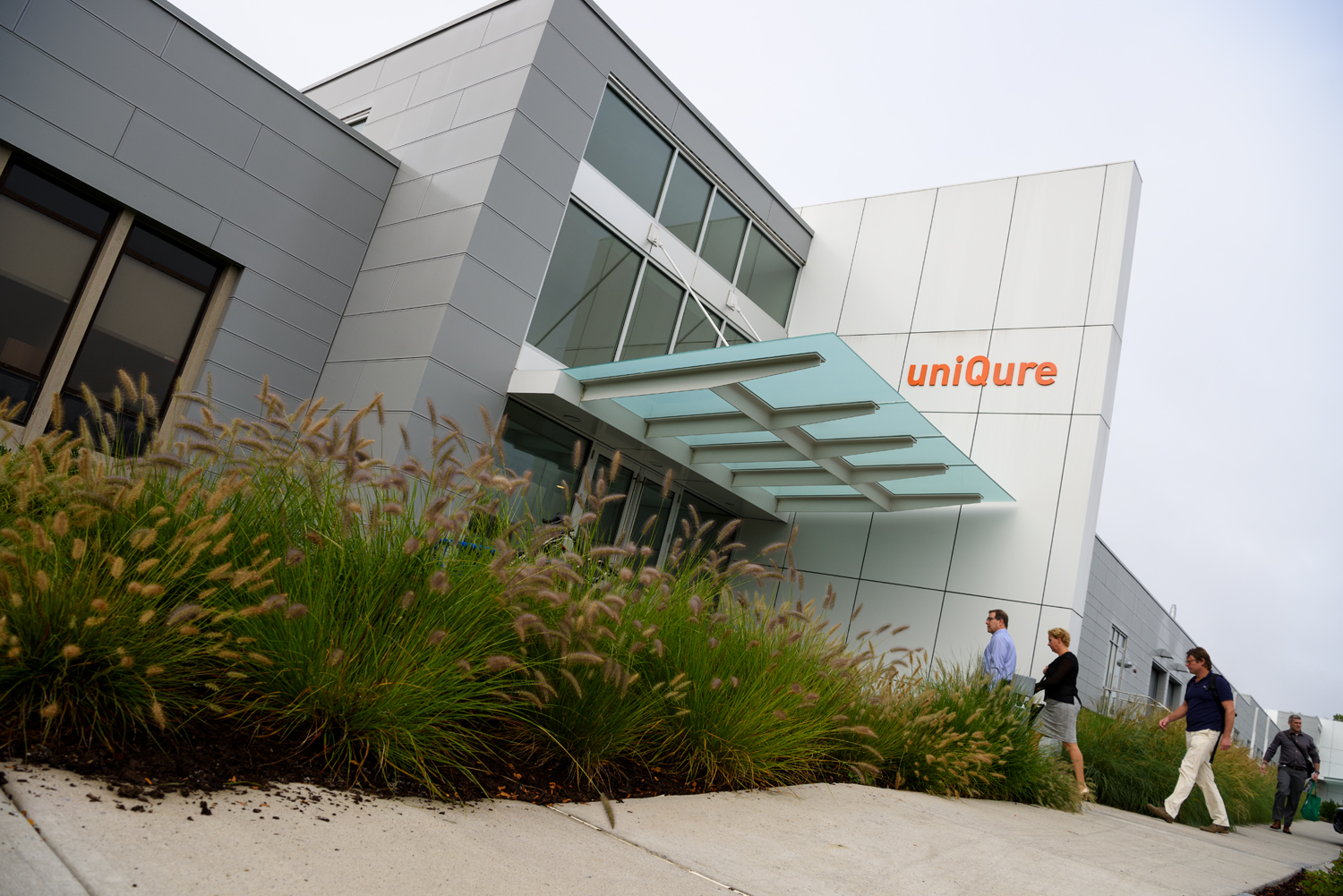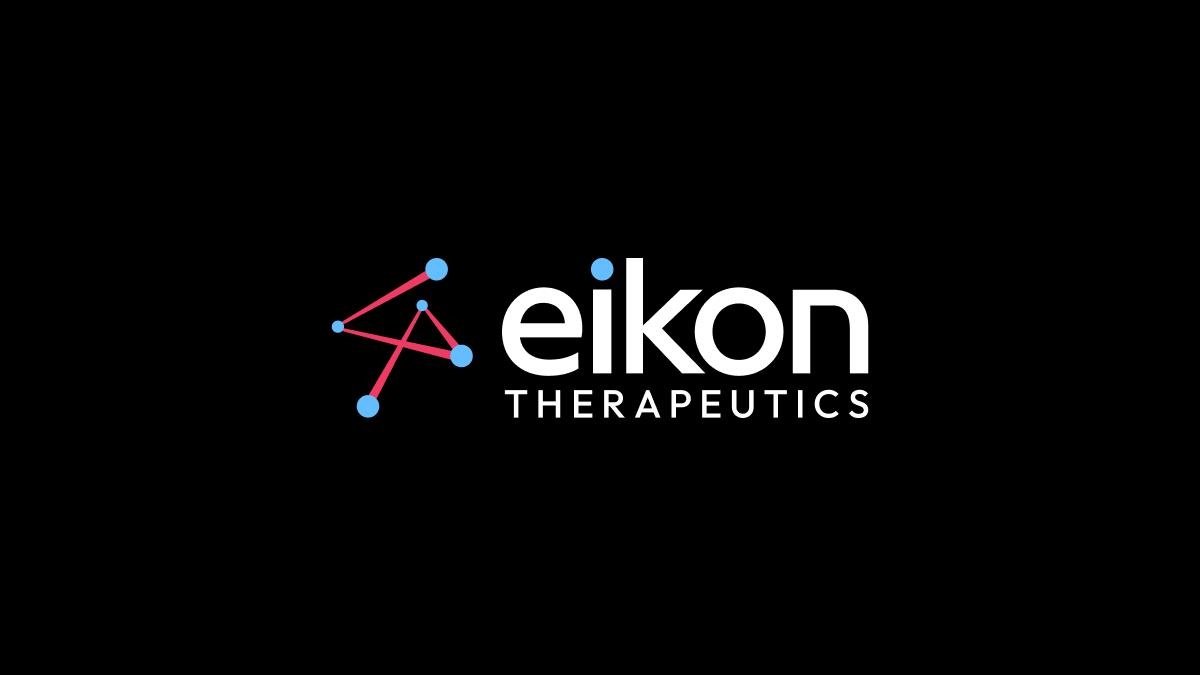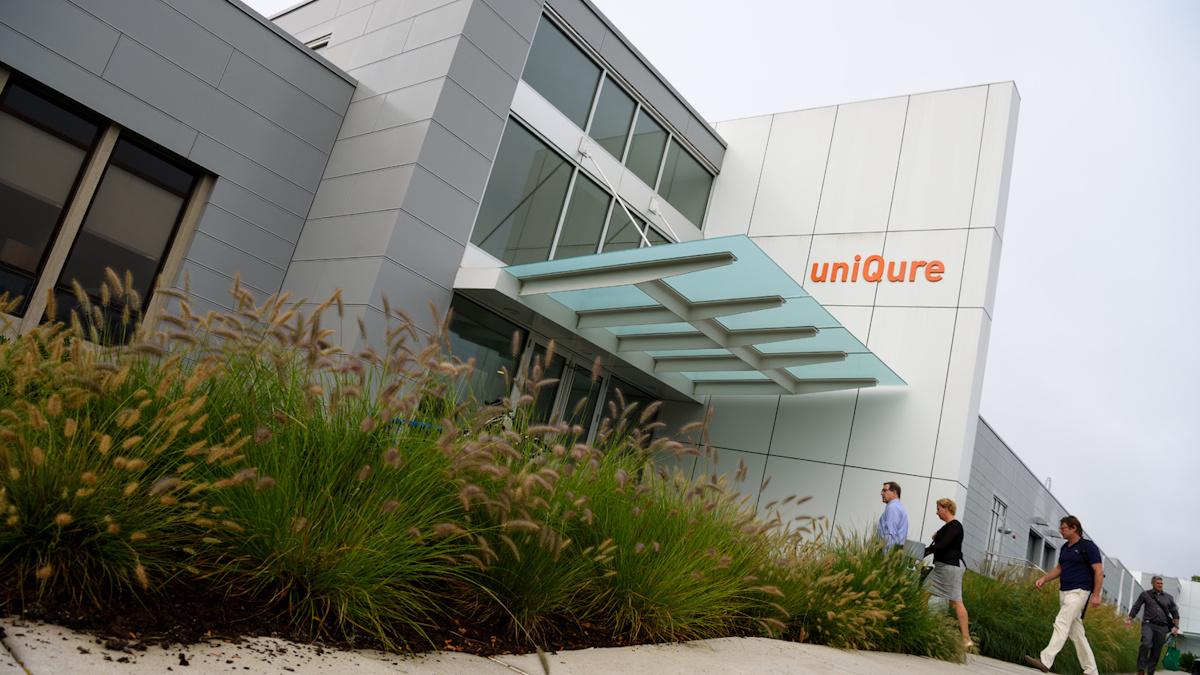uniQure craters on Huntington’s gene therapy data

uniQure has presented new results from its phase 1/2 study of its gene therapy for Huntington’s disease that it said were positive, although investors are far from convinced by the data.
Shares in the Dutch biotech fell more than 40% on the readout from the study of AMT-130, which came from results seen with 26 patients over a follow-up period that extends out to 24 months in some cases.
What spooked investors was data on the gene therapy’s effect on mutant huntingtin (mHTT) protein levels, which would be expected to decline if the therapy was working as expected, i.e. to deliver a working copy of the huntingtin gene to patients.
Last year, uniQure reported 12-month data from the first four patients enrolled in a low-dose cohort of the study, which showed an average 54% decline in mHTT levels, generating excitement that an effective therapy for the devastating neurodegenerative disease might be on the horizon.
At the latest update, the trend has gone into reverse. Those in the low-dose group had a reduction of just 8% at 24 months, while patients on a higher dose saw a near-40% increase, higher than the 4.7% increase in a control group who underwent a sham procedure.
One possible explanation for the aberrant mHTT data is that the treatment only affects a small area of the brain – 20 g out of a typical 1,300 g brain – and levels of the protein could be lower there and higher elsewhere, skewing the CSF results, said uniQure's CEO, Matthew Kapusta, on a conference call to discuss the data.
There was a similar pattern with a second Huntington’s biomarker – neurofilament light chain (Nfl) levels in the cerebrospinal fluid (CSF) – which is thought to provide a measure of neurodegeneration.
There was a temporary increase in CSF Nfl levels in AMT-130 patients that uniQure said was expected, not dose-dependent, and declined in all patients subsequently. After 24 months, levels were down 12.9% below baseline, while controls saw a 6.8% decline. Once again, the high-dose group was the confounder, with NfL levels up an average of 51.5% at 12 months.
The puzzling biomarker findings undermined the company’s efforts to emphasise preliminary data pointing to a clinical benefit of the therapy.
Those included trends in favour of improvement on a series of clinical rating scales, including total motor score (TMS), total functional capacity (TFC), and the composite unified Huntington’s disease rating scale (cUHDRS).
The control group saw a worsening in TMS scores at 12 months, but their TFC and cUHDRS scores didn’t change much over that timeframe.
Overall, patients receiving the gene therapy showed preserved function compared to baseline and clinical benefits relative to the natural history of the disease, according to uniQure’s head of R&D, Ricardo Dolmetsch.
“We plan to engage with regulators to advance this promising clinical programme as we collect more data from these patients and from our European study,” he said.
PTC readout
Meanwhile, there was another data drop in Huntington’s disease, as PTC Therapeutics reported interim data from its phase 2 PIVOT-HD study of small-molecule drug PTC518 at around the same time.
There was a 30% reduction in mHTT levels at 12 weeks with a 10 mg dose of the drug – a splicing agent designed to act at the level of mRNA to reduce the production of mHTT. It was also well-tolerated and did not cause any spike in Nfl levels, according to PTC’s CEO, Dr Matthew Klein.
The study initially includes two dose levels, 5 mg and 10 mg, with the ability to add a third dose level of up to 20 mg if warranted.












